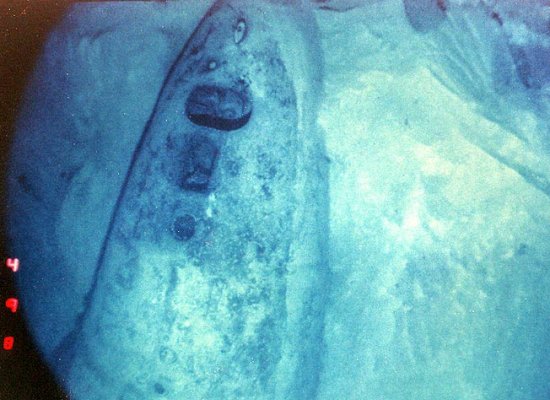Festival of Love Celebrated February 15th, not 14th
Valentine Day originates from the ancient Roman fertility festival of Lupercalia, which was celebrated on 15 February in honour of the gods Lupercus and Faunus, as well as the legendary founders of Rome, Romulus and Remus. During the festival, young men would draw the names of women from a box, and each couple would be paired until next year's celebra
 tion. Often they would fall in love and marry.
tion. Often they would fall in love and marry.At around 270AD Rome was facing battles and civil uprising. The men were not keen to join the army. Emperor Claudius II believed that the men did not want to leave their loved ones and summarily cancelled all marriages and engagements. Two priests, Valentine and Marius, disobeyed the decree and secretly performed marriage ceremonies. Valentine was caught on 14 February and dragged to jail. Later in the day he was clubbed to death and beheaded. It is said that, before his execution, Valentine himself had fallen in love with the jailer's daughter. He signed his final note to her, "From your Valentine."
Valentine's Day
In 391AD, Emperor Theodosius I declared Christianity as the official religion of the Rome. The fertility festival was celebrated until 496AD when Pope Gelasius replaced it with a similar celebration. For patron saint of the celebration, he chose the "lovers" saint, St Valentine. He also moved the date of the celebration from the 15 February to the date of St Valentine's death, 14 February. Through the centuries, Valentines Day became to be remembered more as the festival of love instead of a religious day. In 1969 it was dropped from the Roman Catholic calendar as a designated feast day.
Cupid
Cupid has always played a role in the celebrations of love. Those whose hearts are pierced by his arrows fall deeply in love. In Greek mythology he was known as Eros, the young son of Aphrodite, the goddess of love and beauty. To the Romans, he was Cupid, son of Venus. But where there's love, there often is jealousy. Venus was jealous of the beauty of Psyche, a mere mortal, and ordered Cupid to punish her (for being so beautiful). Instead, Cupid fell deeply in love and took her as his wife.
As a mortal Psyche was forbidden to look at him. Eventually, her sisters convinced her to look at the handsome Cupid. As punishment, Venus demanded that she perform three difficult tasks, the last of which caused Psyche's death. Cupid found her lifeless on the ground and removed the eternal sleep from her body. The gods, moved by their love, then granted Psyche immortality.
The symbol of Cupid became part of Valentines Day only recently. Cupid is still around shooting his arrows. Psyche represents the struggles of the human soul.
Source : Did You Know












